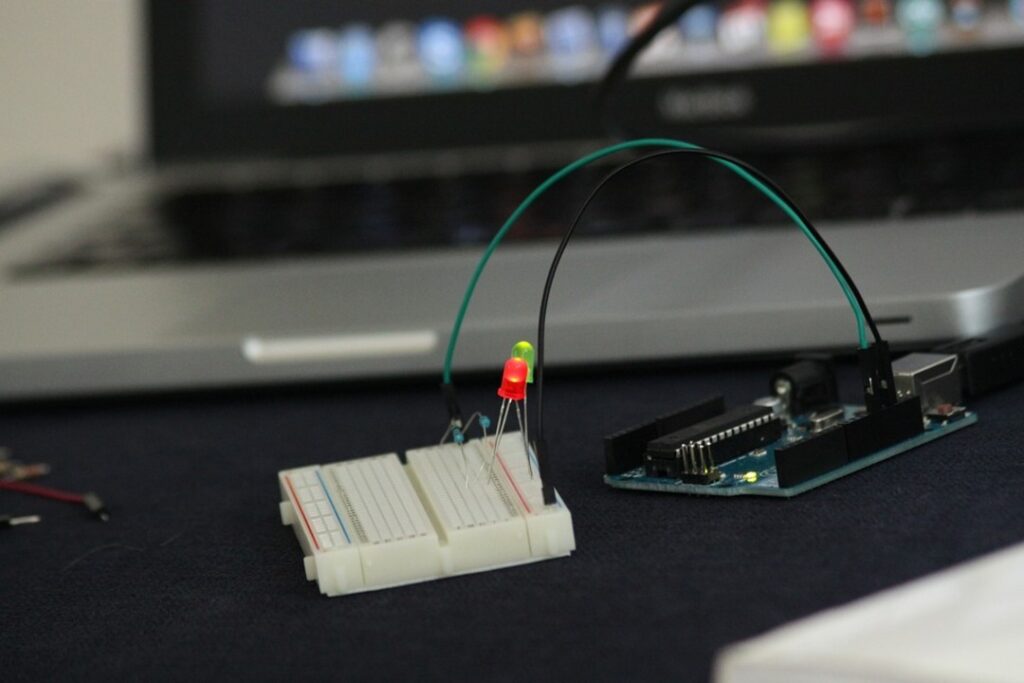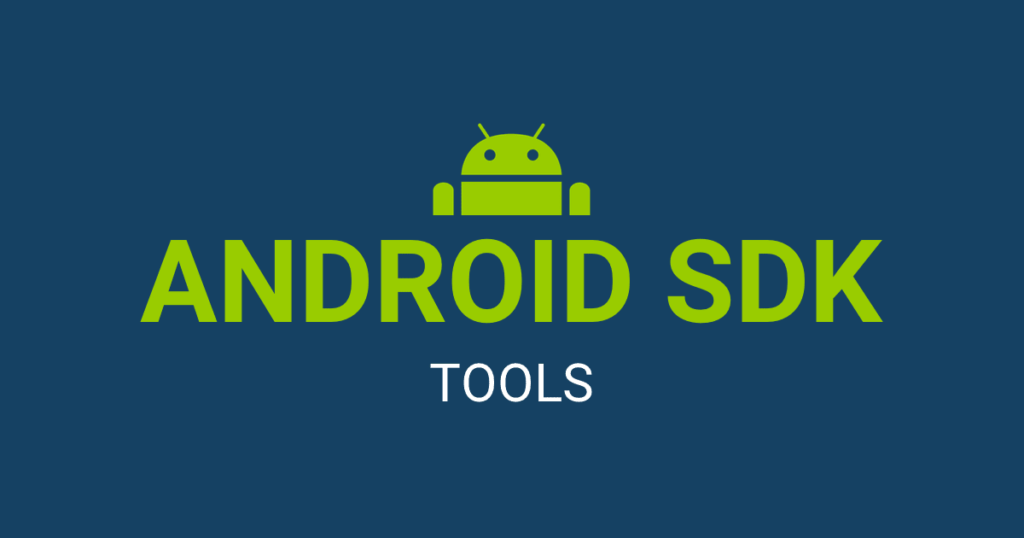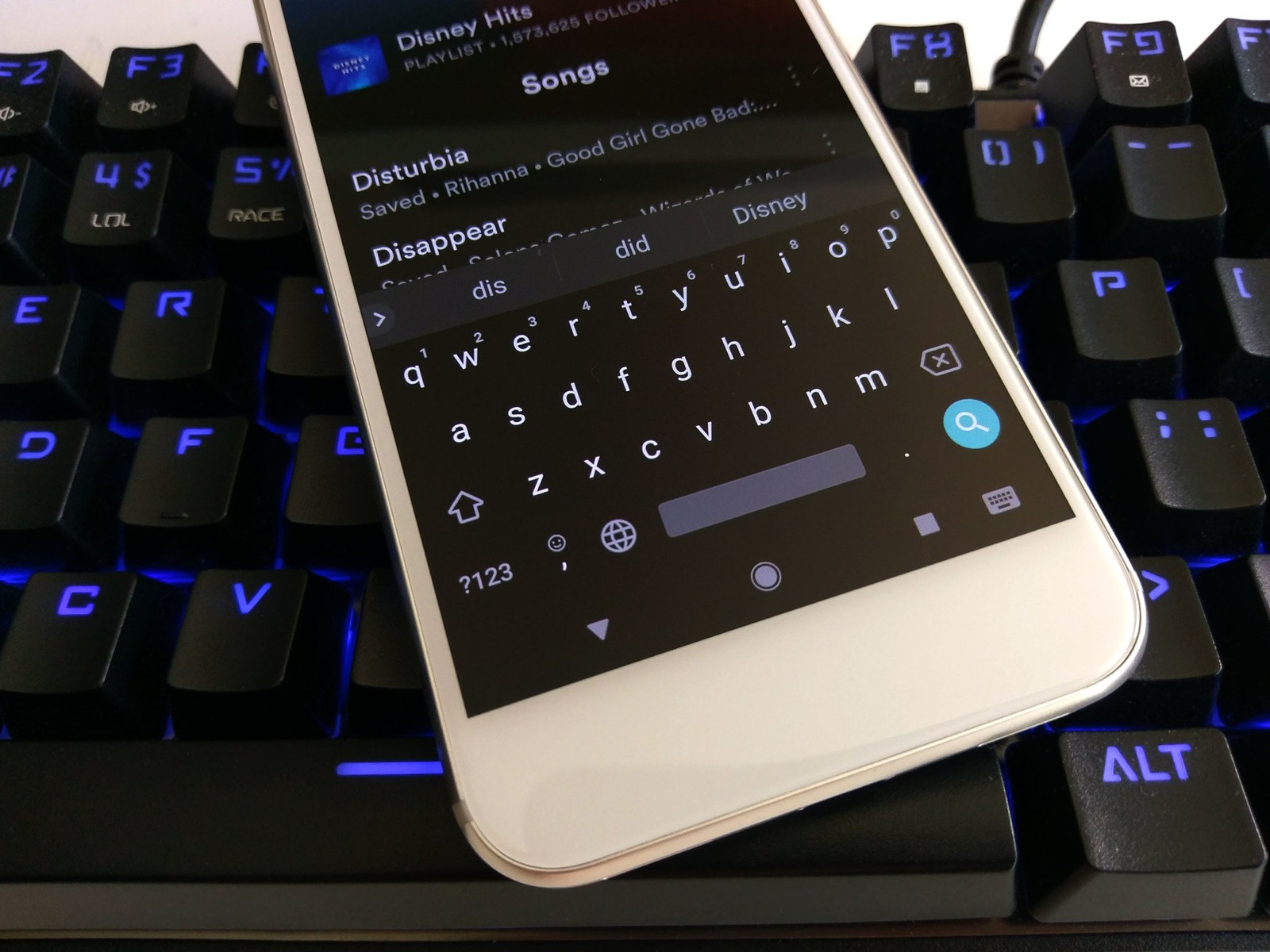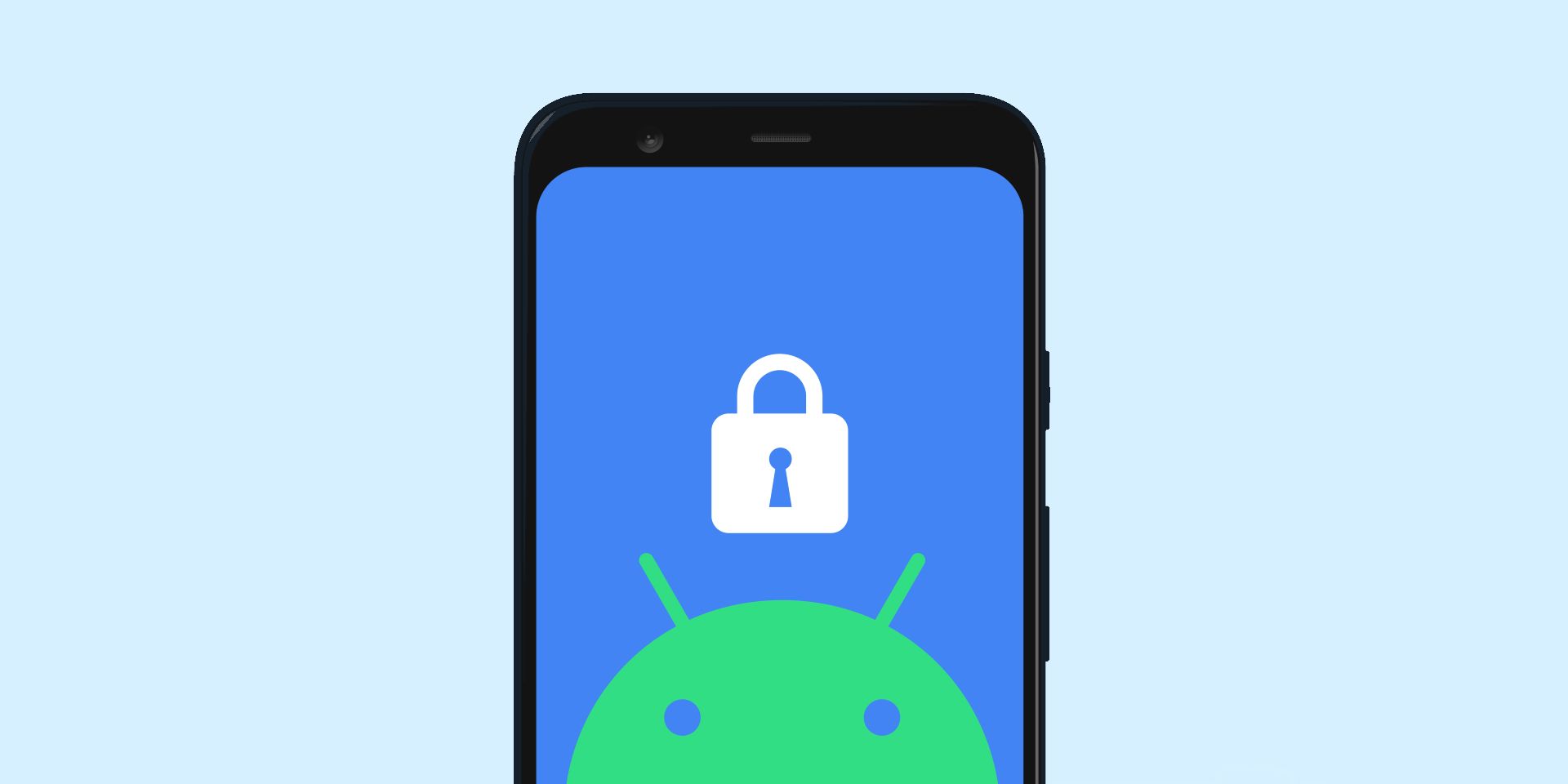The Android SDK is an amazing tool, but it can be overwhelming. You probably already have the tools to start making some cool apps for you and your family, but there’s a lot more to the SDK than that. If you’re looking to build apps or games on Android, this guide will help you get off the ground with the absolute basics.
What is an SDK?
If you’re new to the world of software development kits (SDKs), you may wonder what the fuss is about.

A software development kit, or SDK, is a tool that allows developers to create software that works with a particular platform, such as Android or iOS. SDKs let developers integrate features such as in-app purchasing, push notifications and analytics into their apps to grow their customer base. They also provide a way for app developers to interact with users through the interface of their app—for example, by giving users the ability to send messages or post content on social media without leaving their app.
As an entrepreneur looking to build your company’s brand presence and attract new customers, an SDK can help expand your company’s reach by getting your product onto new platforms and into more hands.
Does The SDK Have a User Interface?
The SDK doesn’t have a user interface, but it does have user input and output.
The SDK comprises three parts:
- The software developer kit (SDK).
- The hardware developer kit (HDK).
- The programming language that allows you to write apps for your phone or tablet.

The SDK is the part that allows you to write code for your mobile device. It’s like a set of tools you can use to make apps for your phone or tablet. You can also use the SDK to build games and other software for your device.
The HDK is the part that gives you access to all of the features on your phone or tablet so that you can build an app around them. The HDK gives you access to GPS, Bluetooth, Wi-Fi, cameras, microphones, accelerometers, and more through an Android Studio interface.
The programming language (Android) allows developers to create apps for different devices using one language instead of learning how different companies’ operating systems work before they can start building something new.”
What Are The Different Types of SDKs?
SDK stands for Software Development Kit. It’s a set of tools developers can use to build their applications.
There are many types of SDKs, each with its purpose. Some are designed to help you create an app from scratch, while others are intended to speed up adding a new feature to your existing app. Here’s a list of the most common kinds:
Mobile SDKs
These are used by mobile developers to create native apps for mobile devices like smartphones and tablets. They include APIs (Application Programming Interfaces) that allow developers to interact directly with a device’s hardware and software features.
Web SDKs
Web SDKs are used by web developers to build web applications or websites that interact with other web applications or servers through an API (Application Programming Interface). This allows them to easily store data on the server side without having to manage it themselves.
Cross-Platform SDKs
Cross-platform SDKs are designed for use across multiple platforms at once, allowing developers to write code in one language and deploy it across multiple platforms at once (such as Windows desktop apps or iOS games).
Conclusion
As you can see, SDKs are a vital part of developing software and can make a big difference in how smoothly your development process goes. We recommend getting to know the concept of SDKs better so that you can control your own app’s future. If nothing else, these concepts might help you explain what’s happening under the hood with your favorite new apps!




Add comment